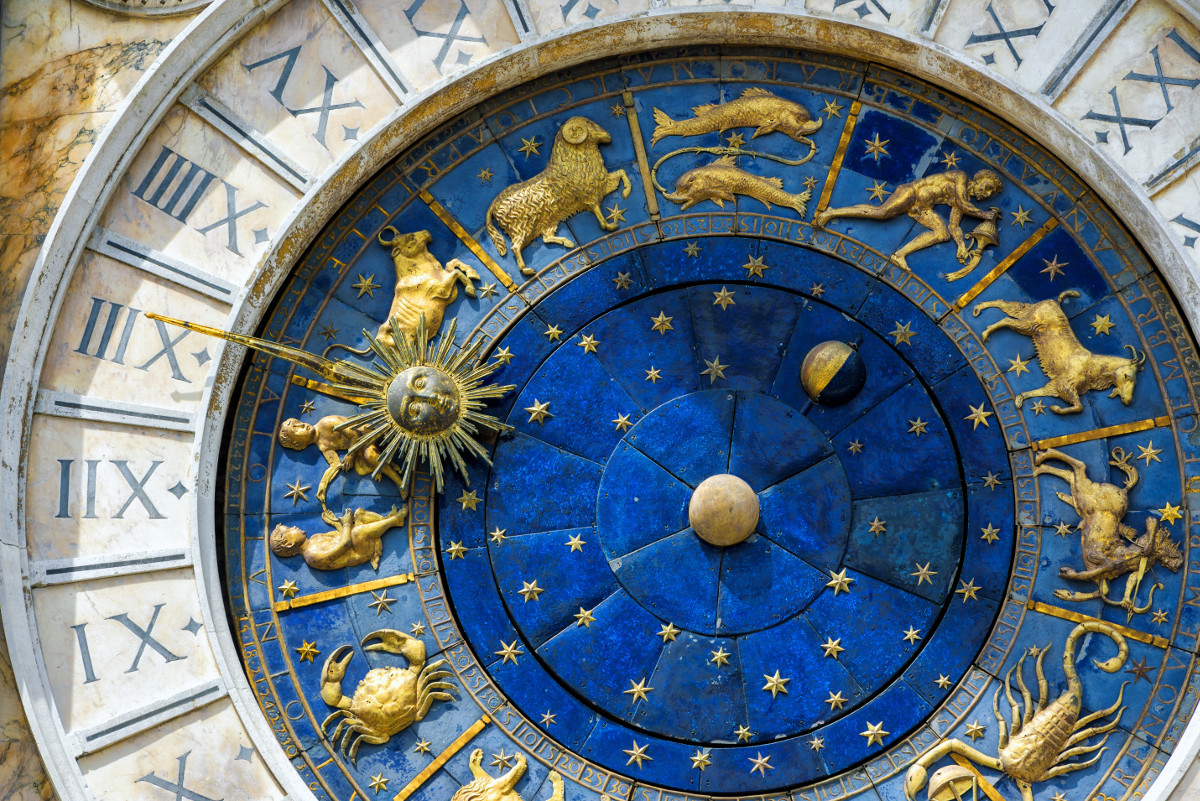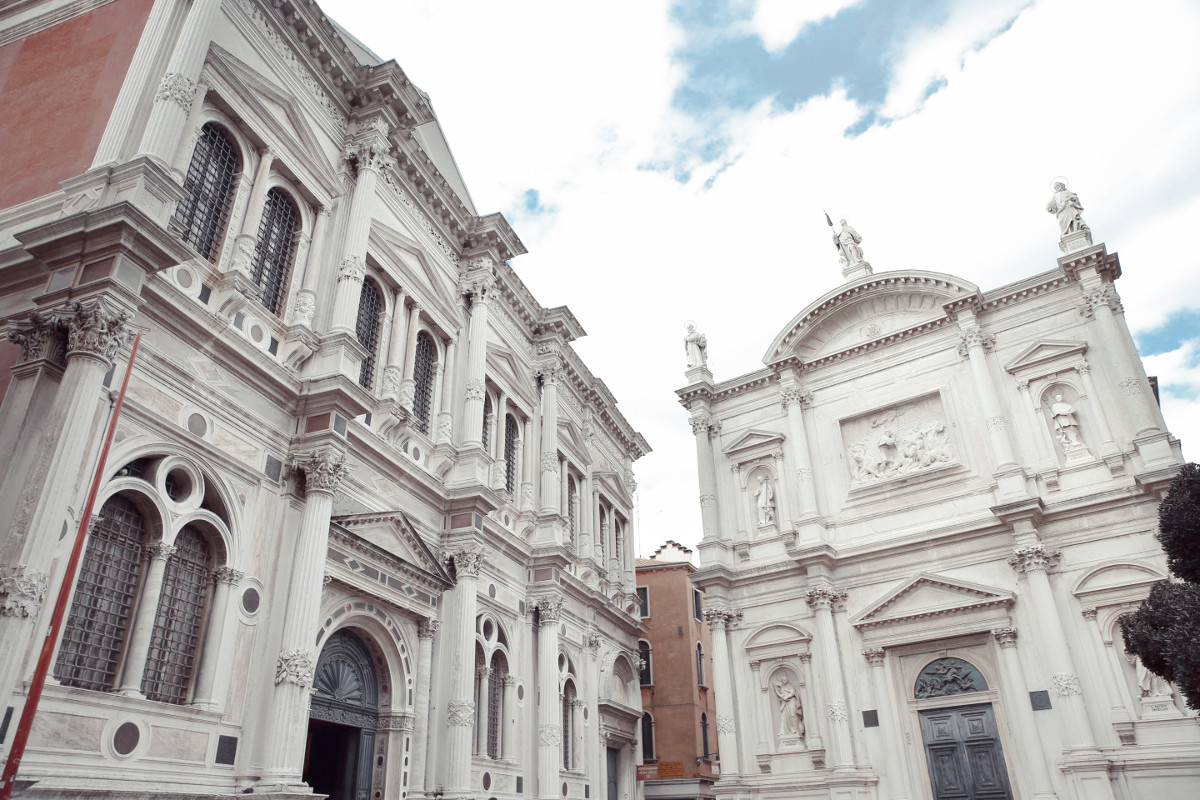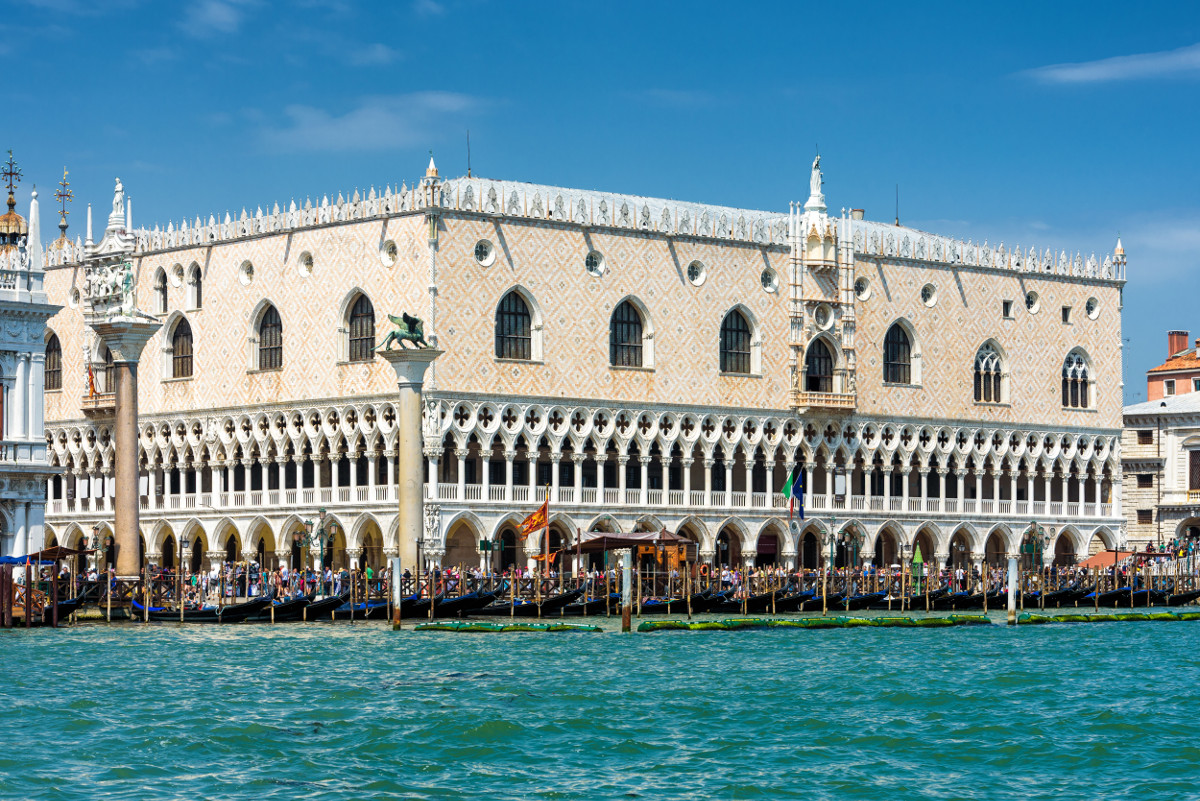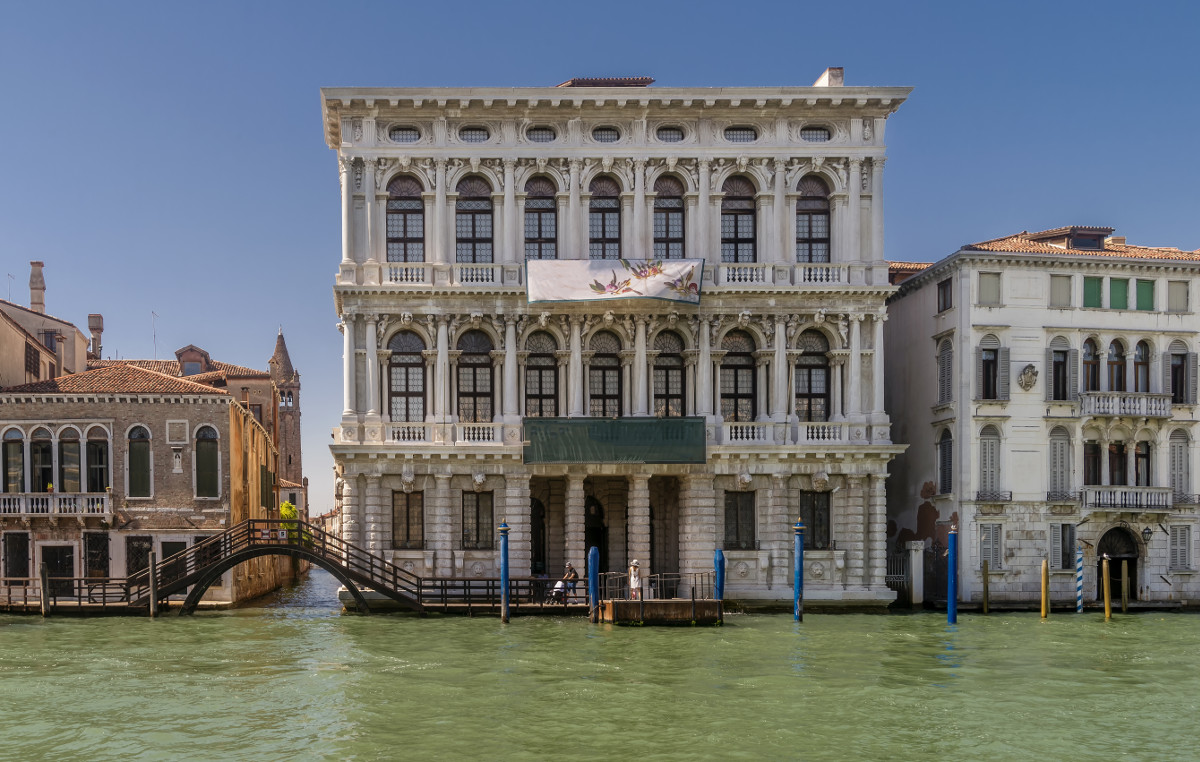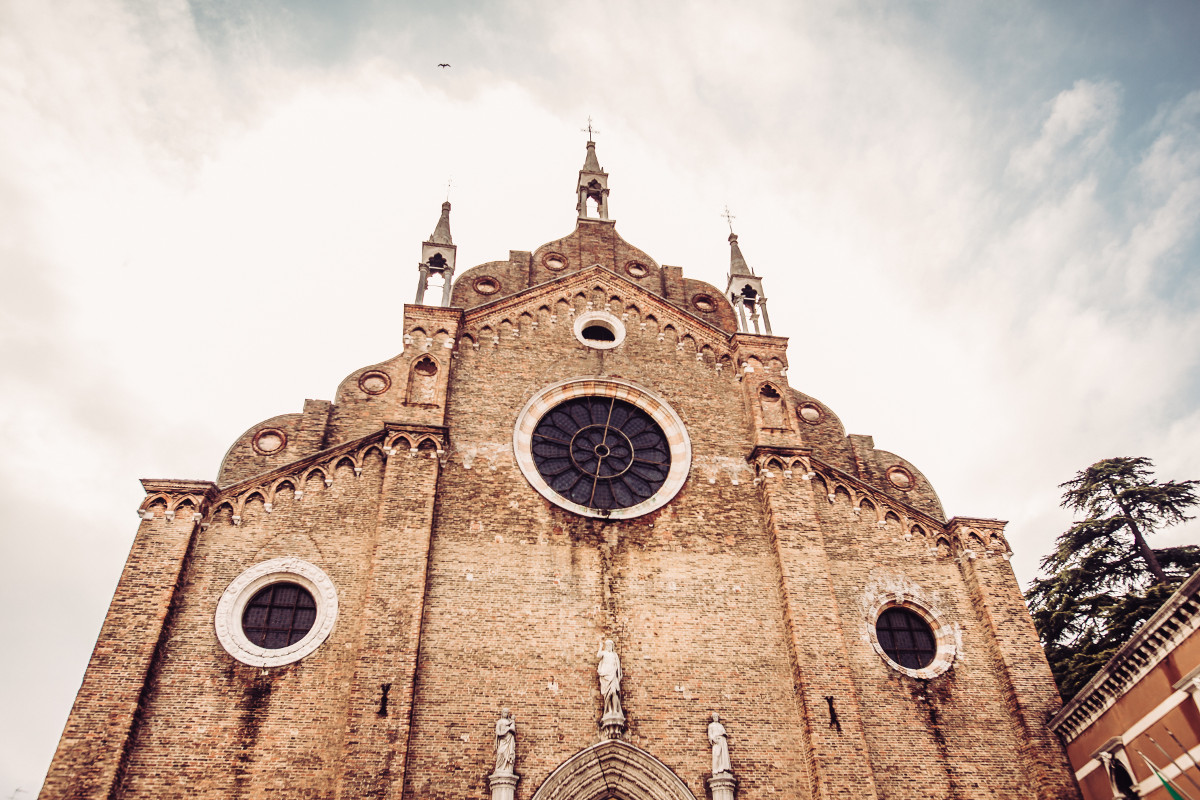
10 Best Things to Do in Venice
Venice, perhaps more so than any other city or place in the world, is about art. Not just art in a literal sense, like paintings or architecture, but art as a concept – the creation of beauty at all costs, solely for beauty’s sake. Art is a sport in Venice, from biennales to frescoes to opera, and no one beats the city on stilts at its own game. The art in Venice vying for your attention at every turn is sometimes frivolous, sometimes playful, and often thought-provoking, but always, always touching.
That’s one of the reasons Venice is such a shock to any visitor’s system. A pleasant one, the kind to give you goosebumps, but a shock nonetheless. The city is full of the sort of melancholic romance one doesn’t soon recover from. Many who visited never did – among them, famously, Coco Chanel.
She came to Venice when her long-time beau Boy Capel died, and the city worked its magic to mend her broken heart, captivating it in the process. It will captivate yours, too, this moving, breathing piece of art dressed up like a city.
We could wax lyrical about Venice for all eternity, but there’s a lot to get to, so let us move along.
For this article, we’ve tried to gather a combination of must-do classics along with options off the beaten track. Most are a form of visual art; however, some things have made it onto the list on account of their strangeness or the simple fact that no other such place exists anywhere else in the world, much like Venice. So here is the list of the best things to do with your time in the serene city devoted to that most human of pursuits: art.
1. San Marco Clock Tower
Ask anyone: to be able to say you’ve been to Venice, you have got to pay a visit to the basilica in the city’s most famous square, Piazza San Marco. What they don’t tell you is to visit the clock tower while you’re at it. Though the piazza gets more tourist thoroughfare than seems reasonable, people often skip the glorious tower because the giant Italo-Byzantine church right beside it steals most of the limelight. However, skipping the clock tower is a mistake.
An interest in fifteenth-century ingenuity and engineering is not necessary to appreciate this marvel, though it certainly doesn’t hurt. Such is the beauty of this clock that a legend arose about the chief magistrate of the time robbing the clockmaker of his eyesight so that he could not replicate his work elsewhere.
While that may sound a bit too horrible to be true, we can’t help but see his point: come here any hour on the hour, watch as the clock comes to life, and tell us you wouldn’t want it all to yourself. While that may not be possible, you can book a guided tour to climb the stairs all the way up and see the bell, still the same one since the tower’s inauguration all those centuries ago.
2. Scuola Grande di San Rocco
Fans of Tintoretto, take note: on your next trip to Venice, make a beeline for the Scuola Grande di San Rocco and look at some of the master’s finest work, all in one place. You can find his soul in the scenes from Mary’s life depicted in the assembly hall, while a collection of more of his greatest works graces the walls of other rooms.
Tintoretto painted these in a sinister period in Venice, with the plague still counting its victims. This means that although generally within the theme of reverential piousness, some works are more in line with the feel of the times, which was everything but hopeful.
3. Doges Palace
It is not as easy as one might think to pull off a style so close to overkill and yet so far from garish. Such is the Doges Palace, built in 1340. Today it is no longer inhabited by a doge and can be visited. There is a museum, and you can take a look at the living quarters and offices of doges past.
Though its beauty is, of course, special in and of itself, the palace could be like many others, what with the gilded ceilings and ornate everything, but what sets the Doges Palace apart is the prison connected to it by the famous Bridge of Sighs, showcasing a strange contrast between the lush, extravagant lifestyle of the ruler and the squalor the inmates lived in. The most famous of these was Giacomo Casanova who made a daring escape. Make like Casanova and visit the inside, but don’t forget to take a look at the arches of the building from across the water, an angle that flatters this already gorgeous palace especially.
4. San Servolo Asylum Museum
For over two centuries, the island of San Servolo was where you ended up if you were a resident of Venice with a serious mental illness. Today, part of the erstwhile hospital on this island has been converted into a museum that is worth seeing, featuring old medical equipment and photographs of former patients. This may not be the most romantic or child friendly option, and with the museum being rather modest in size it isn’t going to fill a whole day, but it is a unique way to spend a few hours on an island where so many spent years on end, with the added advantage that this is a lesser-known sight and provides respite from the constant hum of crowds, any time of year.
5. The Peggy Guggenheim Collection
You can visit Peggy Guggenheim’s grave on your way around the fascinating museum that bears her name. Quick-witted American socialite Peggy Guggenheim was the daughter of a wealthy businessman who died aboard the unsinkable Titanic.
Before her death, at the height of her trade, the museum’s namesake apparently bought one piece of art a day. This is some of the best of it.
Her background allowed her to curate an extensive art collection from an early age and when she settled in Venice, she turned her attention to contemporary artists and their work, taking many of them under her wing and single-handedly starting countless careers.
The eclectic museum is a bright star on the Venetian firmament, and the sculpture garden might even surpass the interior exhibit.
Come here to have more fun than you thought modern art would allow. The gift shop too is fantastic, filled with souvenirs that are very Venetian but not at all standard, from Jackson Pollock slippers to reworks of the lion mascot.
6. Libreria Acqua Alta
While most of the books at this store are Italian, speaking the language is no prerequisite for visiting the “bookshop of high water.” Besides, it’s never too late to start! This store is the kind of place everyone who visits ends up wanting to work at. Quirky in a 90s romcom set kind of way, books are piled into anything that floats, from bathtubs to an actual gondola. This is so that when the inevitable flood strikes, books escape unharmed. And so do the cats, themselves not too fond of getting their paws wet, who have settled in the bookshop for perhaps this very reason. Name one other bookstore you know that you can say that about.
7. Ca’Rezzonico
Right by the Grand Canal, you can find this palazzo very easily, as it is anything but inconspicuous. So commanding, in fact, is Ca’Rezzonico’s presence along the water that this lofty white building is often cited as the prime example of Venetian baroque architecture.
Waste no time and head directly to the piano nobile, locate the ballroom, and stare in awe of the soft, gentle pastels set against the luminous gold of a massive chandelier, suspended from a ceiling decorated with images of Apollo journeying around the world. It is almost too much to take in. It looks even better in real life than it does in pictures.
Another stop worth making is on the second floor where you can admire The Veiled Woman, a bust statue of a woman whose face is concealed behind a layer of marble folds so seemingly thin it actually looks like fabric. The fact that underneath those you can clearly see the lines of her face speaks of incredible artistry and is one of those things you will be thinking about on your flight back home.
8. Antonio Canova Mausoleum at I Frari
This is no regular grave site. The tomb of famous sculptor Antonio Canova in the Frari church decidedly has an occult flair, with statues guarding the entryway of a massive triangular structure in faded marble. In fact, the tomb built by his students based on a design of their master originally intended for the painter Titian is rife with references to Canova’s adherence to Freemasonry. This tomb only houses the heart of the sculptor, with the rest of him being laid to rest in his hometown.
I Frari hold many other secrets and things worth seeing, but this mausoleum is arguably the most memorable.
9. Fortuny Museum
The home of celebrated artist Mariano Fortuny is like a snowglobe of Venice, in that it is a small version of the city, distilled to its essence, minus the plastic snow. All dim lighting and opaque, fading colors, this place looks and feels like no place else in the world. It is only natural to feel a pang of jealousy when you enter Fortuny’s home. You’re not alone: it’s all of us – everyone would want to live there. At least some of us, like you, get the chance to visit it.
The man who did live here was a Spanish designer, photographer, and painter among other things, turning everything he touched into art – even, or especially, his home. All of that, plus a number of varied and exciting temporary exhibitions, can be seen at this museum dedicated to his life and style. He may have been a Spaniard, but Fortuny was an emblem of Venice. The city, as you will see when you visit his home, fit him like a glove.
10. Gallerie dell’Accademia
This museum is your one-stop-shop for all things Venetian art. The collection includes the unfathomably famous and important Vitruvian Man by Leonardo da Vinci. In case this doesn’t ring a bell, the full name of the drawing translated into English is “the proportions of the human body according to Vitruvius.” Yes, that one with the four limbs. The only problem is that it isn’t on continuous display due to its fragility, and you will need a good helping of luck to see it. But other masterworks are always available for your viewing pleasure, such as the weird and wonderful world of Hieronymus Bosch or Mary clad in vivid blues depicted by Bellini.
While the Gallerie is certainly a cornerstone of any Venice visit, the next two things to do are still essential Venice experiences. Perhaps too essential, even. You decide.
Bonus 1: Visit a Maskmaker
We recommend Mondonovo Maschere, the workshop of Guerrino Lovato. Lovato is a famous artist known the world over for his skill and creativity. As is immediately obvious, these masks are not your run of the mill feather and lace type. His works have been used as models by famous directors from Zefirelli to Kubrick and look the part as much as they cost it.
There are many mask makers in Venice to choose from, and most are worth visiting, so we will leave the choice up to you. But visiting one should be on your list, as mask making is a very typical profession of Venice, just like the next entry.
Bonus 2: Ride a Gondola
Not for the shy or self-conscious, you’ve got to be ready to feel sort of gauche when sitting in a gondola and are required to take all those standard pictures like the countless others before you. Yes, it is a cliche, but precisely because it is a lovely thing to do, even if only once. So don’t mind all the bitter naysayers – though those people tend to avoid Venice, because it is just too nice. Either way, get ready for the experience of a lifetime, and the most stereotypically wonderful change of perspective, like a special camera lens, pointed at one of the most beautiful subjects in the world.
